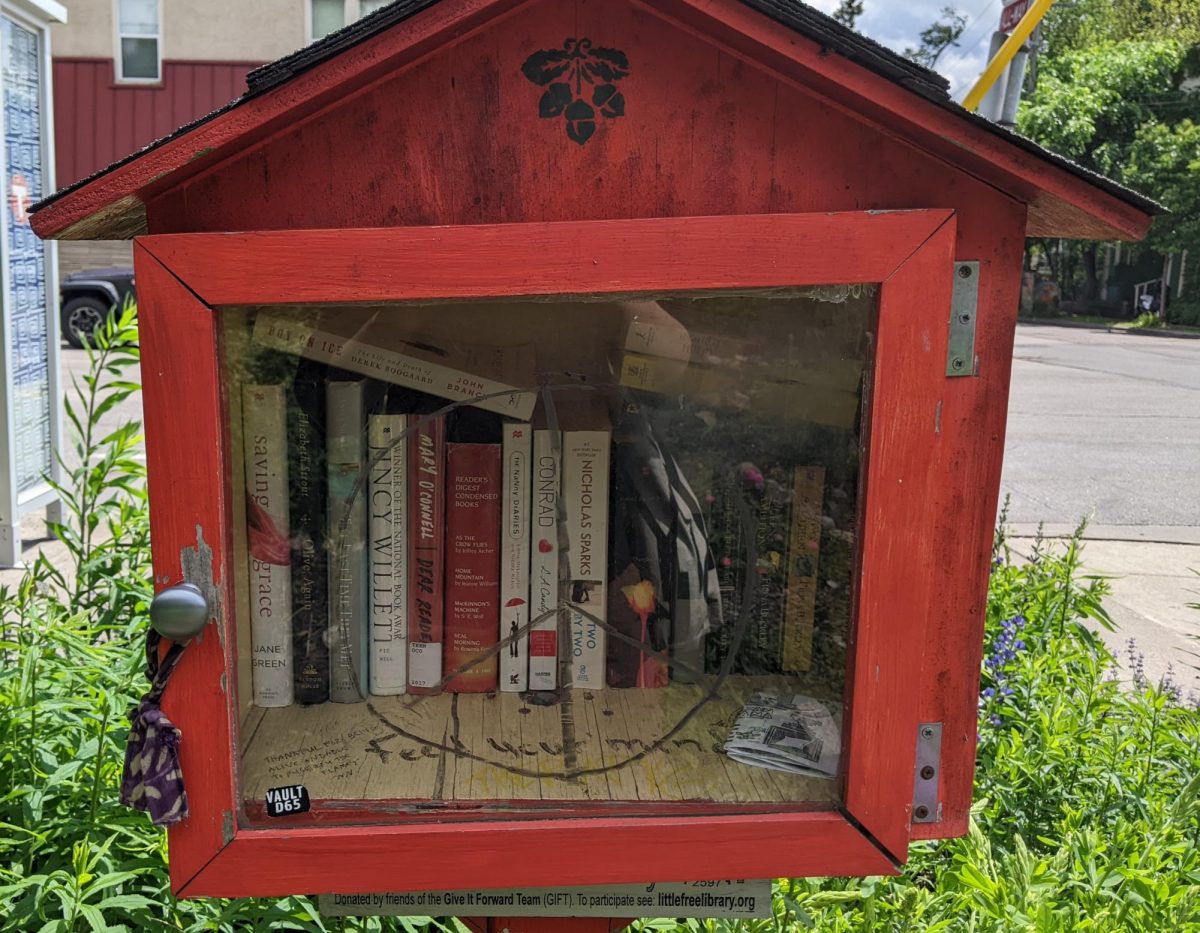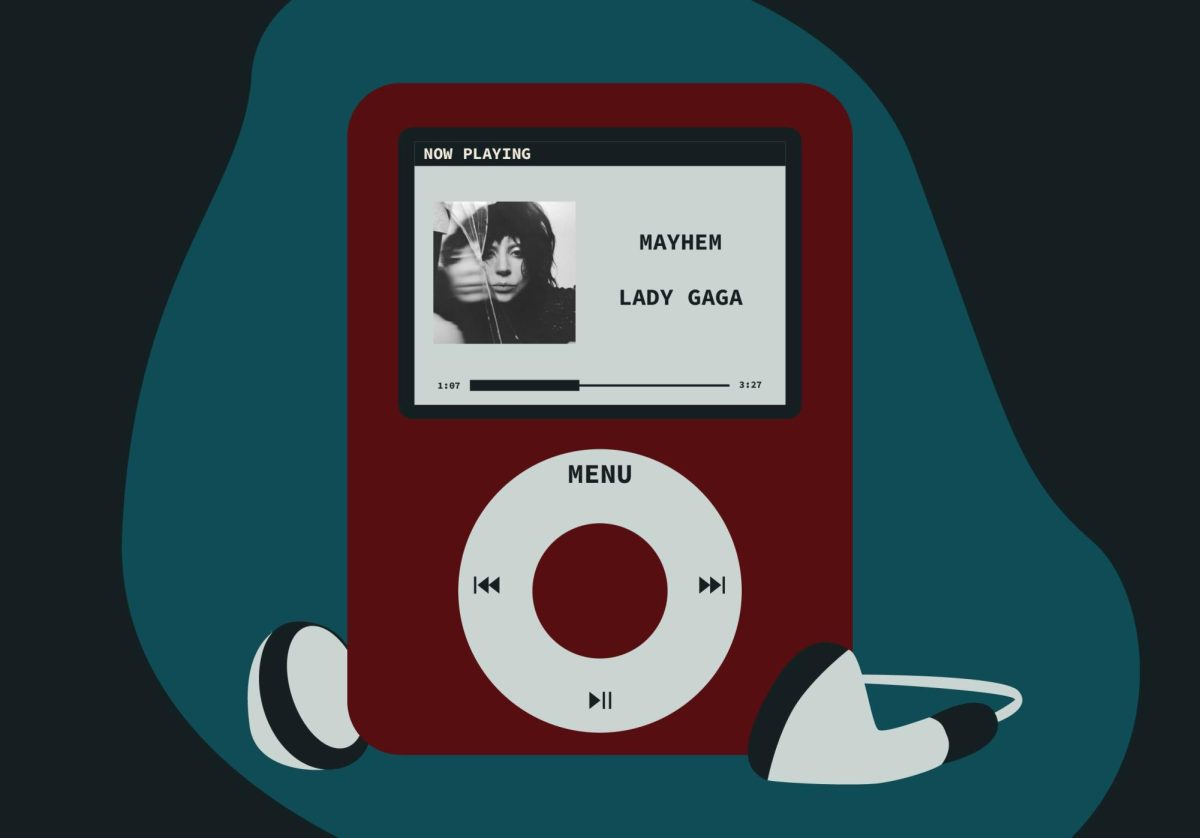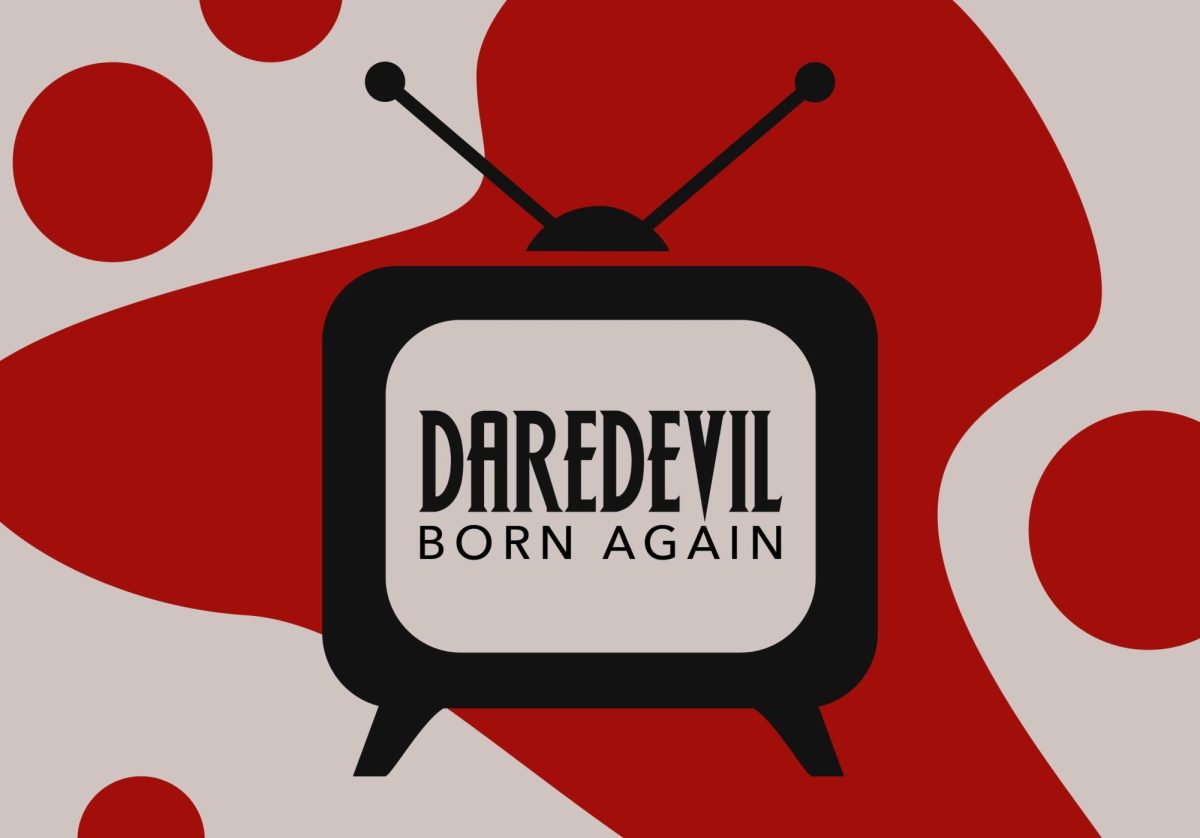Walking through a residential neighborhood on a warm summer day, it’s not uncommon to stumble across a Little Free Library.
They’re those colorful house-shaped boxes on stilts filled with books that are unique fixtures in any neighborhood. In Como, I’ve counted five.
Behind those boxes is the non-profit organization Little Free Library, which today is based in St. Paul. The late Todd Bol started Little Free Library in 2009 by building one in Hudson, Wisconsin in memory of his mother, a book lover and school teacher who had recently passed.
“We believe all people are empowered when the opportunity to discover a personally relevant book to read is not limited by time, space, or privilege,” said the organization’s website.
Today, there are over 180,000 libraries across 121 countries and on all seven continents, according to Little Free Library Director of Communications Margaret Aldrich.
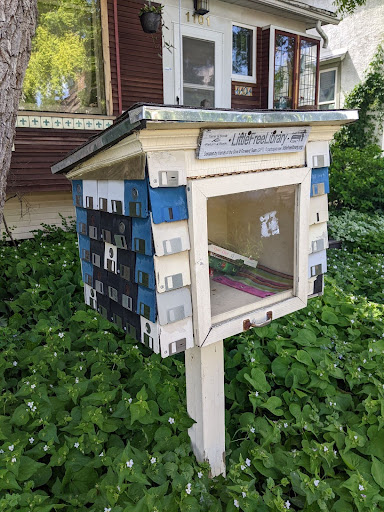
It always excites me to see a little library and what’s inside, though their contents are, simply put, hit-or-miss.
Most of the time it’s pulp novels all by the same author that were donated en masse or children’s books outgrown by previous owners.
LeShay Andrewin, 21, a University of Minnesota senior, said there’s usually nothing to their taste, such as Black literature, in the little libraries in their St. Paul neighborhood.
“Every time I see one I get excited, but then it’s excitement then disappointment,” Andrewin said.
That is not to say that there are never any gems in a little library. I once found a complete special edition set of the “Hunger Games” trilogy and a self-published book of sewing patterns from 1987 with a handwritten dedication in the same library in the Midway neighborhood of St. Paul.
Em Inserra, 21, also a senior at the University, said she found a hardcover “Calvin and Hobbes” anthology the first time she ever looked in a little library as a kid. It became her favorite book from her childhood and is now a coffee table book of hers.
Inserra said she also loves finding pre-owned, annotated books in little libraries.
“That’s probably my favorite part,” she said. “It’s a totally different way to read the book and get a different perspective.”
Little libraries can also facilitate mutual aid in neighborhoods by storing free food and other necessities for people to take. I found a sealed bag of rice in the library outside of the University Baptist Church during a walk on Thursday.
“I’ve seen canned goods or mittens or things like that [in little libraries],” said Tori Wensloff, 24, a recent University graduate and bookseller at Wild Rumpus Books in Linden Hills. “I like that that wasn’t the original purpose but that it’s kind of spun into that.”
There’s also hidden potential for art projects.
I found vintage horticulture magazines and used them for collages. I have also found the same black and white photocopied collage zine titled “Banana Shake” distributed among libraries in Como.
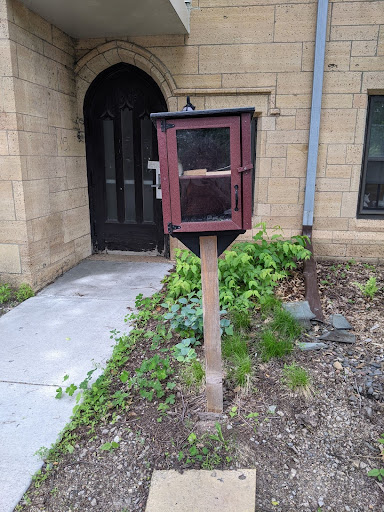
In 2022, University Relations and partners had libraries installed across campus. Locations included nearby the Rarig Center on West Bank, the 4th Street Ramp on East Bank and outside the St. Paul Student Center.
There’s also a library outside the Robert J. Jones Urban Research Outreach-Engagement Center (UROC) in the Willard-Hay neighborhood in northwest Minneapolis.
“The Little Free Libraries are intended to help engage the University community and encourage reading,” the University said in its original statement.
However, it seems that even those most excited about little libraries haven’t noticed the ones around campus.
Wensloff hadn’t heard about the libraries until I mentioned them, but now that they have graduated, they said they probably wouldn’t be returning to campus.
Andrewin said they found CDs and the “Twilight” series in the little library next to Rarig. On Sunday, I found “The Complete French Poems of Rainer Maria Rilke” in that same library and exchanged it for a zine about the history of the Cedar-Riverside neighborhood.
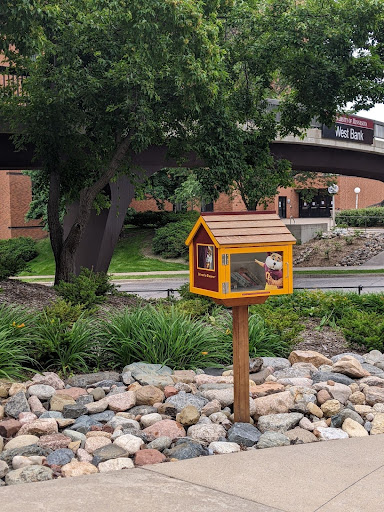
However, people do interact with little libraries. According to Little Free Library’s website, one book is shared on average in a Little Free Library every day.
Both Wensloff and Andrewin said they’ve donated books they don’t read or like anymore.
“There’s definitely a vibe of community,” Wensloff said. “I have a lot of books to share.”
Wensloff spoke of the serendipity of little libraries. Once when they were having a bad day, they found a book in a little library called “Read this when you’re blue.” They said it felt like it had been waiting for them.


